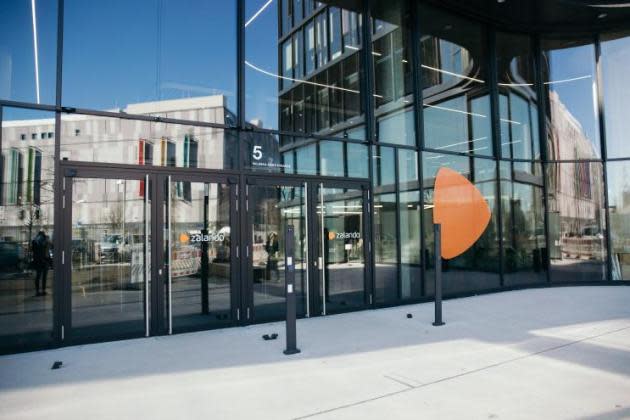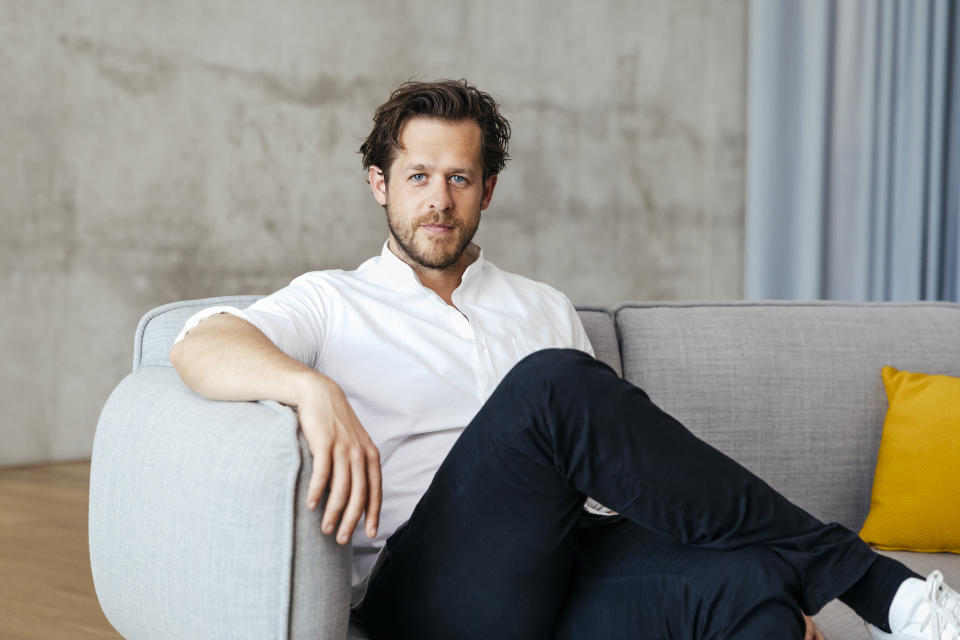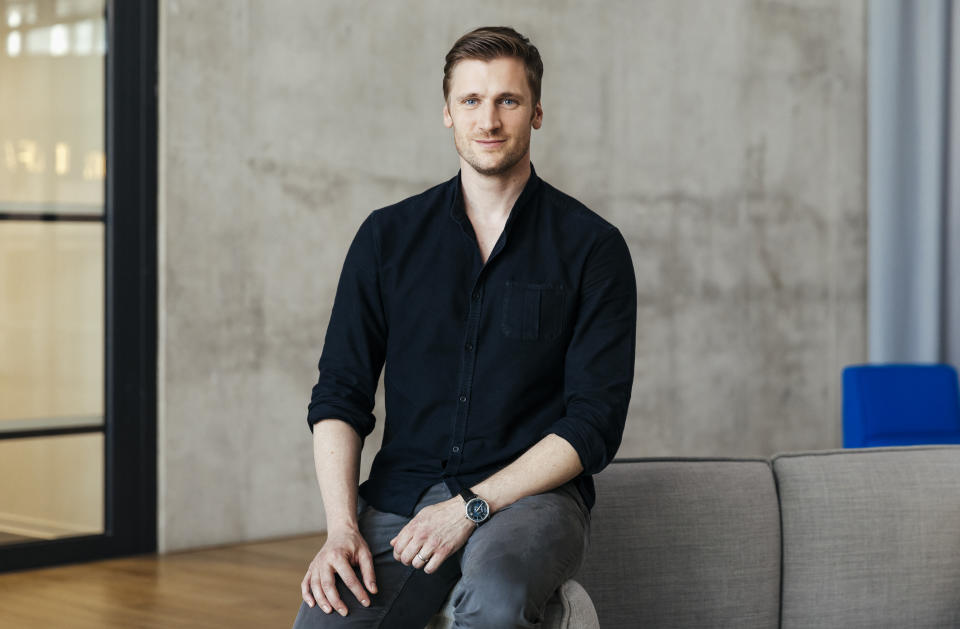After 2022 Sales Slowdown, Zalando Plans to Combat Post-pandemic Hangover

Higher sales commissions, job cuts and clever inventory management will balance out investments into better, deeper relationships with shoppers, German e-comm giant argues.
Reporting its financial results for 2022 in Berlin on Tuesday morning, executives at European e-commerce giant Zalando had to admit that things had not gone quite as planned, post-pandemic.
More from WWD
During lockdowns caused by the COVID-19 virus, consumers flocked online to buy and Zalando previously racked up regular double-digit increases in sales. But for 2022, the company reported a decrease of 0.1 percent in annual sales, to bring in 10.34 billion euros. In 2021, it recorded growth of close to 30 percent and revenues of 10.35 billion euros.
The 2022 results came on the back of a fourth quarter that saw 2.2 percent sales growth. Over the last three months of 2022, this generated sales of 3.17 billion euros.
“At the beginning of the year, consumers started to return to brick-and-mortar stores after the pandemic,” Zalando co-chief executive officer Robert Gentz told journalists at an online press conference. “This was the moment where the industry would see how sticky the adoption of e-commerce would be. And as it turned out, the answer was not as sticky as everyone — including ourselves — expected.”

Zalando’s other measure of success is gross merchandise value, or GMV. This number accounts for how much inventory the platform has moved, as opposed to income from services like logistics and marketing. GMV is generally higher than revenues and reached 4.57 billion euros worth of stock shifted in the fourth quarter. This fed into GMV growth of 3.2 percent for all of 2022, totaling 14.8 billion euros. However in 2021, GMV grew 30 percent.
The number of active customers at Zalando also continued to grow in 2022, increasing 5.7 percent to 51.2 million shoppers. But at the same time, the company also saw the basket size, or value of each customer’s order, dip slightly. This went from 56.80 euros per basket to 56.70 euros over the course of the year.
Analysts from the likes of Baader, JP Morgan, Warburg and the Royal Bank of Canada said the results were broadly in line with market expectations.
Given the slowdown in growth, the focus from now on would be on improving profit margins and deepening relationships with customers, company executives insisted.
On the first goal, the company had already undertaken a variety of streamlining and cost-cutting measures over the past months. This resulted in an adjusted EBIT for 2022 of 184.6 million euros.
RELATED: Zalando Cuts Headcount, Wants to Regain Small Company ‘Mindset’
Measures included several hundred job cuts revealed last month — talks with employee representatives about 700 roles are ongoing, the managers said, so they couldn’t divulge anything further — as well as putting a minimum order value on orders eligible for free shipping.
Future actions will include raising costs for retailers using the platform. From July 1, retailers will have to pay a flat monthly fee of 40 euros to use Zalando for sales. Previously they had only paid if they made a sale. From April onward, sales commissions will also rise: Depending on the kind of article being sold, rates will increase from between 5 and 18 percent of the value of the sale to between 5 and 25 percent.
Zalando has been working hard on its bottom line, Sandra Dembeck, the firm’s chief financial officer, told journalists. There had also been more efficient spend on marketing and more careful buying, she explained. Because, as she explained, if demand goes up, the platform can “scale up” using its partner brands, rather than holding a lot of inventory itself.
Other new directions to maximize margins include selling more customer data to partner brands and offering Zalando’s well-established logistics services to retailers, even if they are selling off the platform. Zalando’s Fulfillment Services, or ZFS, had shipped more than 120 million items for 900 brands over the year and analysts have suggested it could well drive the company’s profitability in the future. “Even we were surprised at how successful it has been,” Gentz admitted.
When it comes to the second goal — deepening customer relationships — Gentz said “relevancy at scale is what we are really after, with storytelling and content the main catalyst for this.”
This was what last June’s acquisition of a majority in Highsnobiety, the media brand at the crossroads of streetwear and luxury, was all about, he said, adding that Zalando and Highsnobiety had already worked on 80 curated fashion drops, which had been viewed by around 7 million unique users.

“There’s a lot of potential for this in fashion because fashion is a very emotional product,” David Schneider, Zalando co-CEO, continued. “But when you look at the overall e-comm landscape [for fashion], it’s still at a fairly transactional level. We feel like we can invest a lot in that to provide something beyond.”
Schneider sees Zalando’s enhanced shopping experience being more value driven, diverse and culturally relevant and appealing better to younger generations.
Dembeck added that this tactic would also encourage Zalando customers to buy more at full price and increase profitability that way too.
But how to do all this when the company’s profit margins are being squeezed?
During 2022, Zalando was forced to lower guidance and for 2023, it now expects revenue to grow between negative 1 percent and 4 percent, while GMV should increase between 1 percent and 7 percent. Adjusted EBIT of between 250 and 350 million euros is forecast for 2022.
“Selective investment,” Gentz replied, when asked how the retailer would afford to do it all. “We’ll reduce complexity but invest into areas that are strong for the future.
“Our long-term ambition remains unchanged,” he added. Although Zalando was recently forced to step away from its stated goal of moving 30 billion euros worth of goods by 2025, that was still on the cards, Gentz insisted.
“[It] remains a realistic goal for us but not by 2025,” the CEO conceded. “E-commerce penetration in Europe is now where we expected to be pre-pandemic. But it is still below what we see in China and the U.S.”
So there’s still a lot of potential, he said. Zalando estimates it has captured around 3 percent of the whole European fashion market, worth around 450 billion euros annually. The German e-commerce giant’s ultimate ambition is to have 10 percent of the total, something it believes it can do given that, for example, in its top five countries it has already taken 23 percent of its sector. “On that journey we will pass the 30 billion euro mark for sure,” Gentz concluded.
Best of WWD


